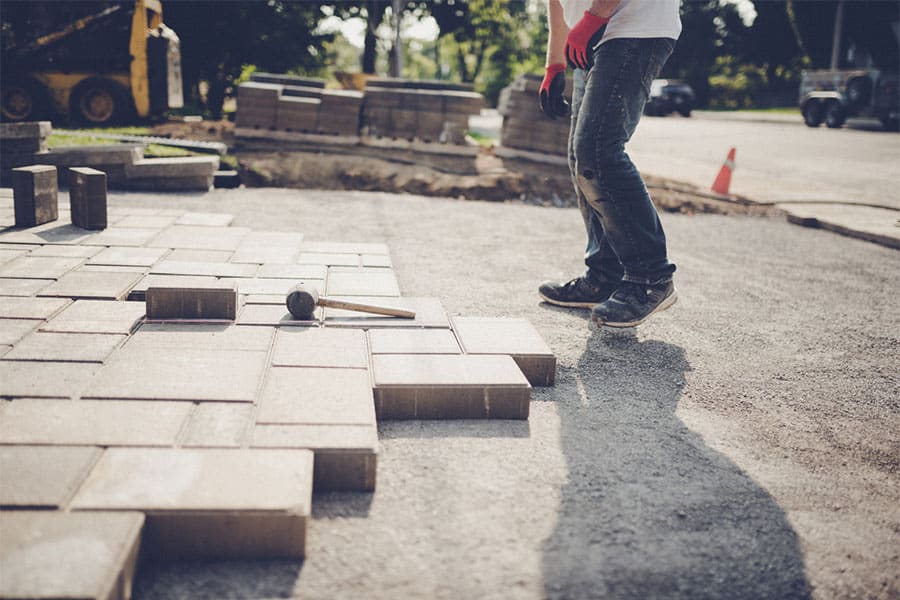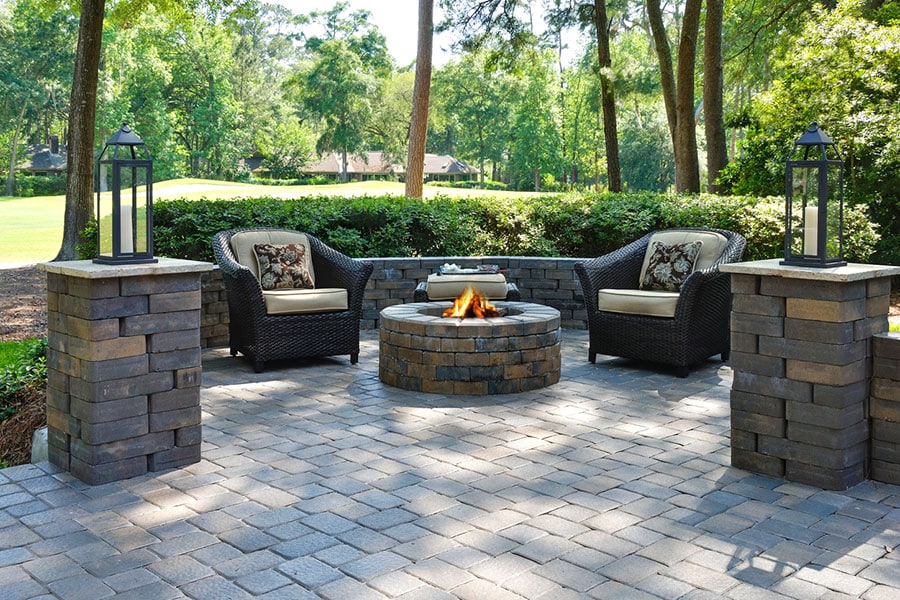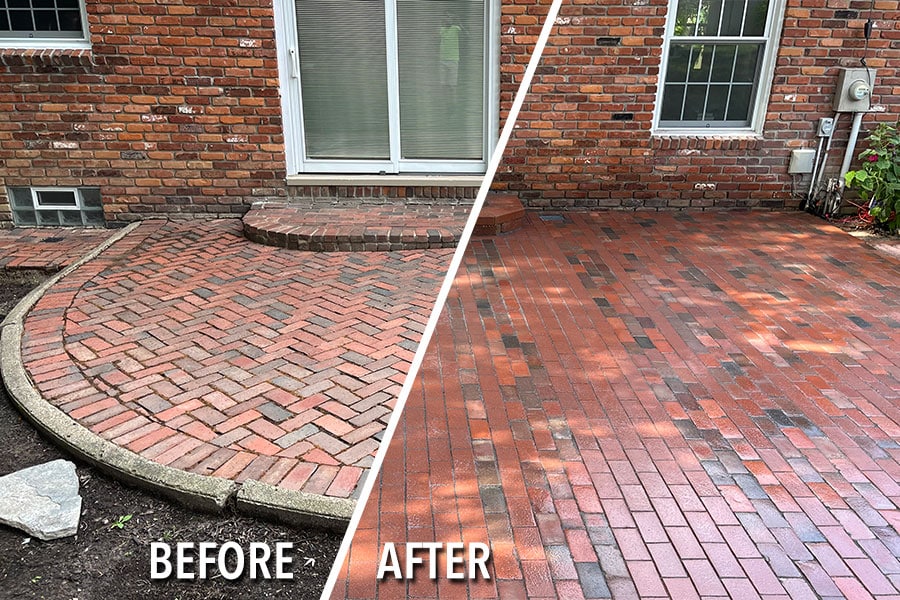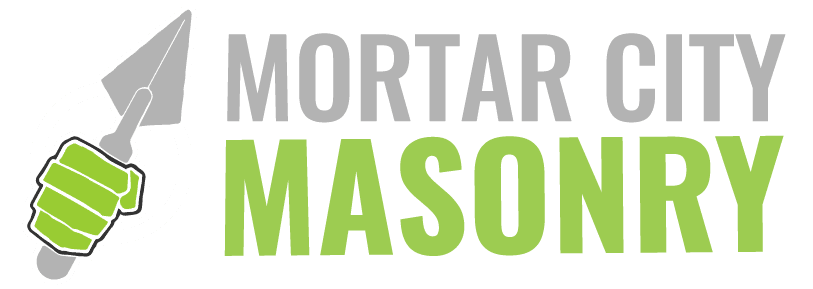
Getting ready to add a patio to your backyard? If so, you may love the look of custom brick patios. The question is: what types of bricks should you use? Do you need full bricks like the ones you’d use for siding, or should you opt for paving bricks instead? We’ll compare your options to find the ideal setup for your brick patio.
Full Bricks vs. Brick Pavers for Patios
Brick pavers are designed specifically for flat surfaces. They are thinner than the bricks used for house siding, and they do not have holes in them like full bricks do. Those holes are meant to distribute mortar throughout the bricks when they’re installed on a vertical surface. Pavers do not need mortar to hold them together because they float ever-so-slightly on the ground.
Pavers are typically more desirable for most horizontal applications because they are lighter weight, easier to level, and still sturdy enough to withstand the weight of outdoor cooking equipment, vehicles, foot traffic, etc.
Pavers tend to cost less than full bricks because they require less material to make. This makes installation more affordable, and the lighter-weight pavers require less time to level and install. Pavers have sand between the joints to provide flexibility when the ground shifts. Here in Michigan, we have sandy soil that is prone to shifting and settling. Mortared bricks on a horizontal surface are likely to crack quickly from the movement.
There are many styles, colors, and sizes of brick pavers to choose from. The same can be said about traditional bricks, but there isn’t as much variety when it comes to horizontal designs. You could mix square pavers with rectangular pavers to add dimension to your design, or you could use any number of combinations to create a unique look. You won’t get quite the same flexibility using full-size bricks for your patio.
Are Pavers Better Than Concrete for Patios?
Both concrete and brick pavers offer versatility and stability. In some cases, concrete is cheaper to install up front, but it almost always costs more to maintain in the long run. Brick pavers can last a lifetime and can be reset if they shift out of place.
Concrete cracks, and it’s not easy to repair when it does. You have to completely replace the concrete to include all new materials and labor. With brick paver restoration, you only have to pay for labor and any supplemental materials needed to get the pavers back in place. We encourage you to compare the long-term cost and visual appearance of concrete versus brick pavers to decide what material you want for your outdoor space.
You could also try a mixture of materials using concrete surrounded by accent pavers and stones. This is a dynamic look that offers the best of both worlds, and it is a service we provide here at Mortar City Masonry.
How to Care for Brick Paver Patios
Pavers require minimal maintenance. You will need to clean them occasionally, just like you would concrete surfaces, but they do not require extensive care. As the sand wears away in between the pavers, you’ll want to top it off to keep weeds from growing and preserve the pavers’ structure. Mortar City Masonry offers paver maintenance, cleaning, restoration, and resets in Southeast Michigan. Contact us at (586) 533-1305 to schedule a free estimate for brick paver installation or restoration.





